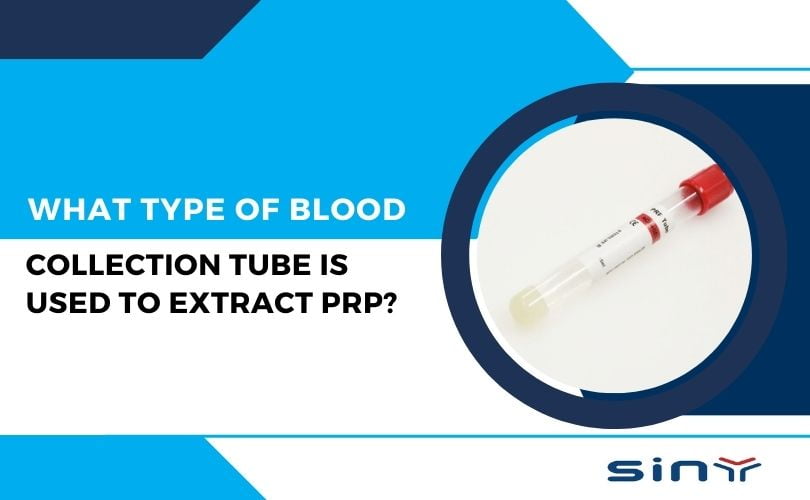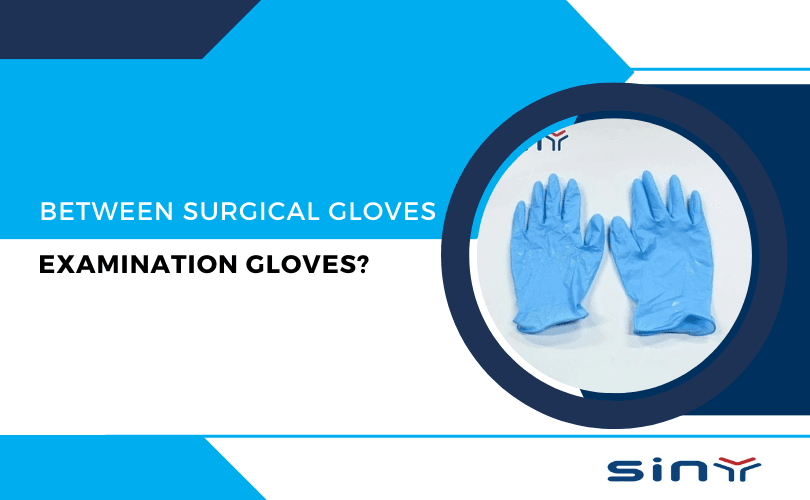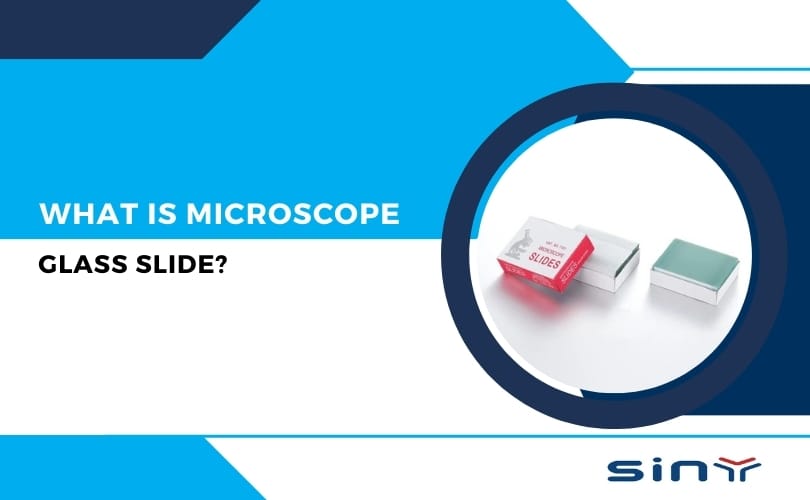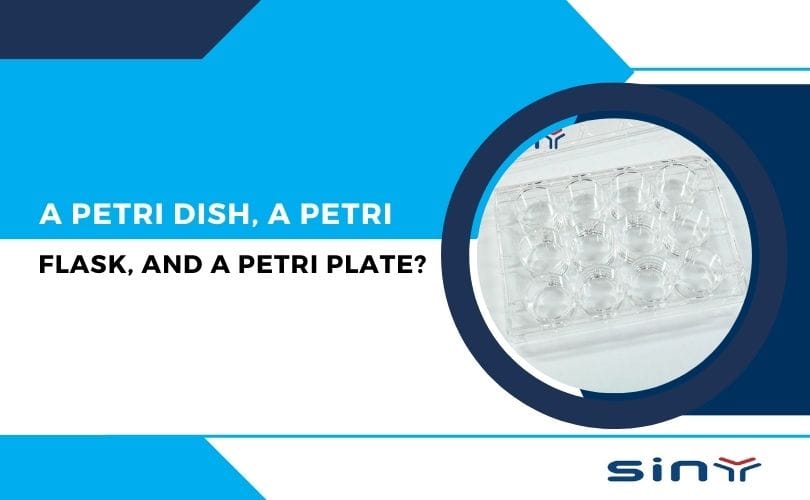When extracting Platelet-Rich Plasma (PRP), specialized blood collection tubes are required to ensure the separation of the desired plasma from other components like red blood cells and white blood cells. These tubes typically contain anticoagulants, such as Sodium Citrate or Acid Citrate dextrose (ACD), and sometimes a gel separator to facilitate the process. They are designed to maximize the platelet concentration in the plasma, which is critical for PRP’s therapeutic benefits.
The blood collected in these PRP tubes is centrifuged, where the different blood components are separated by density. The platelets, which are crucial to PRP, are concentrated in the plasma layer, creating a platelet-rich plasma that can then be used for various medical and cosmetic treatments.
Table of Contents
What is PRP therapy?
PRP therapy involves the use of platelet-rich plasma extracted from the patient’s blood. This plasma is rich in growth factors, which promote the body’s natural healing and regeneration processes. The therapy is widely used across many fields, including orthopedics, dermatology, aesthetics, and even dentistry. Platelets play a crucial role in tissue repair by releasing cytokines and growth factors that stimulate cellular regeneration and tissue repair, making PRP an excellent option for rejuvenation treatments.
Benefits and safety of platelet-rich plasma?
One of the critical benefits of PRP therapy is its ability to enhance tissue regeneration. PRP treatments improve skin texture, tone, and firmness, reduce fine lines and scarring, and promote collagen production. It is widely used in hair restoration, acne scar treatment, and even wound healing.
Safety is a primary concern when it comes to any medical treatment, and PRP is considered one of the safest injectables available. Since the plasma used comes from the patient’s blood, there is a negligible risk of allergic reactions, intolerance, or immune responses. This makes PRP therapy a popular choice for those seeking natural, biocompatible treatment options.
What Are PRP Tubes and Their Uses?
PRP tubes are an essential tool in the process of preparing platelet-rich plasma. These tubes enable the separation of platelets from the blood, removing unwanted components like red and white blood cells. The specific design of PRP tubes includes anticoagulants to prevent clotting and often features a gel separator that assists in the isolation of plasma during centrifugation. This ensures a highly concentrated, purified form of autologous plasma, ideal for injection into the patient.
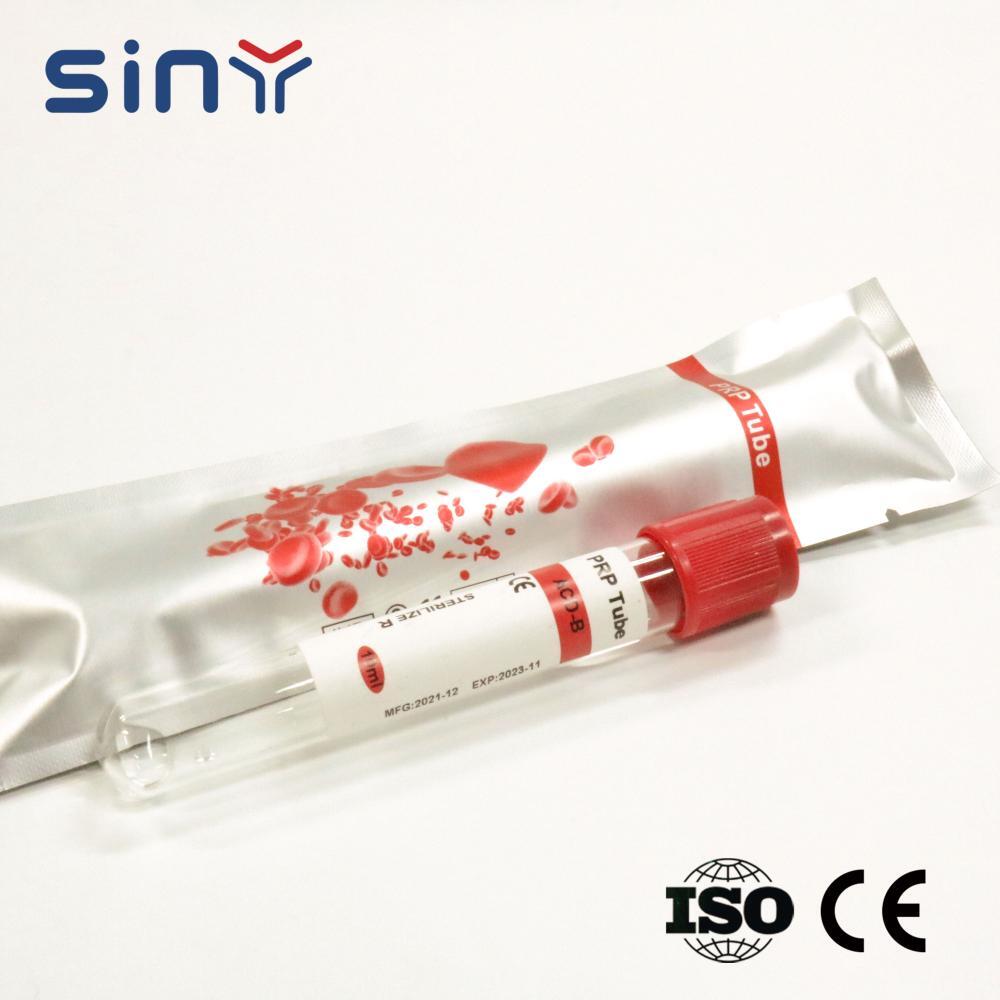
The separation gel within the tube forms a stable barrier between the plasma and red blood cells during centrifugation, which prevents contamination and allows for the easy collection of the platelet-rich layer. PRP tubes are crucial for ensuring that the final plasma product is suitable for therapeutic purposes, including injections into joints, skin, or scalp for regeneration.
The PRP Production Process
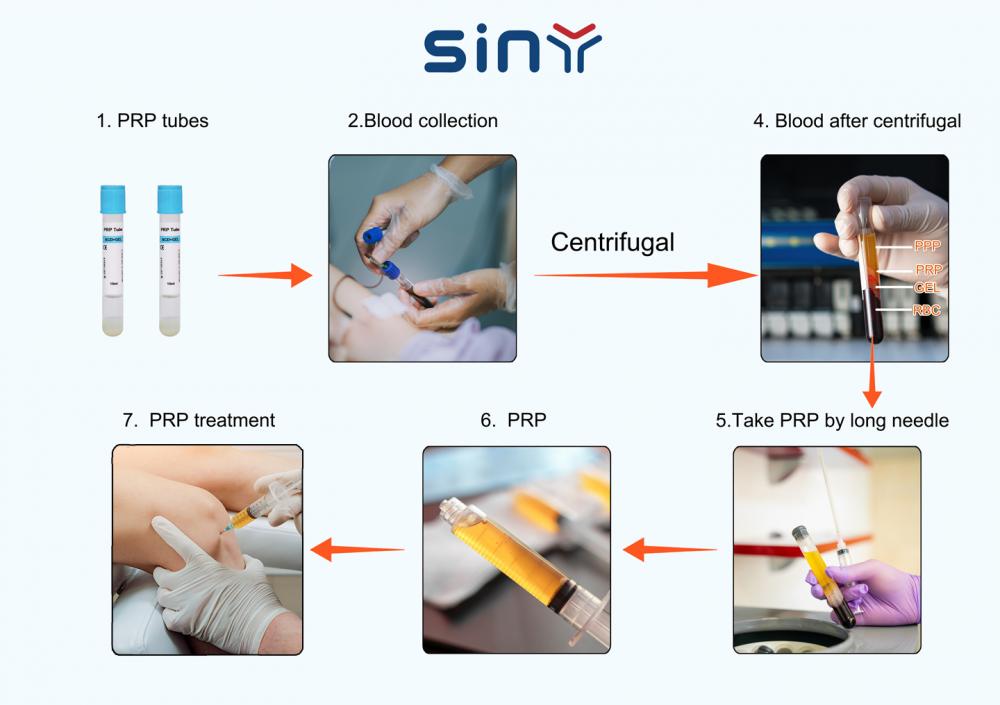
Autologous venous blood (from the patient himself) is collected in PRP tubes, which are then centrifuged and concentrated in a PRP centrifuge. The procedure for producing PRP requires special PRP tubes and centrifuges. In this way, we obtain plasma by separation, which contains a high concentration of platelets and, after activation, produces growth factors.
- Unlike synthetic fillers, PRP is produced from the patient’s ingredients to ensure maximum biocompatibility and naturalness of the treatment without the risk of intolerance, allergic reactions, or other immune reactions.
- Due to the high concentration of platelets, PRP can induce repair processes through various growth factors and cytokines released by platelet activation. Through these regenerative processes, PRP helps and enhances the healing of many blemishes, such as scars, hair loss, aging skin, acne, skin ulcers, and more.
- PRP also stimulates neovascularization, i.e., the development of new blood vessels from existing ones. PRP can promote the proliferation and migration of fibroblasts, collagen synthesis, and the removal of necrotic cells. PRP is widely used in dermatology, trichology, surgical oncology, gynecology, orthopedics, aesthetics and regenerative medicine.
PRP therapy has been used for over 15 years. The purpose of centrifugation is to separate red blood cells and prevent them from clotting. Centrifugation is usually performed for 7–12 minutes at a speed high enough to sediment the red blood cells. Due to PRP’s role in wound healing, its use extends to all areas of dermatology, from the treatment of chronic ulcers to trichology and aesthetics.
PRP Tubes and Their Clinical Applications
The therapeutic properties of PRP have led to its widespread use in numerous medical fields, ranging from dermatology to orthopedics. PRP therapy is employed in the following ways:
- Orthopedic treatments: PRP is used to accelerate healing in musculoskeletal injuries such as ligament tears, tendonitis, and joint injuries. The concentrated platelets enhance the body’s natural healing processes, reducing recovery time and improving tissue repair.
- Dermatology: PRP is widely used to address aging skin, acne scars, and wound healing. It promotes collagen synthesis and neovascularization (the formation of new blood vessels), improving skin texture and reducing wrinkles.
- Hair Restoration: PRP therapy is a popular treatment for hair loss and alopecia, as the growth factors in PRP stimulate hair follicle activity, promoting hair growth and improving hair density.
- Wound Care: Chronic wounds, such as diabetic ulcers and pressure sores, can benefit from PRP’s ability to speed up healing and promote tissue regeneration.
PRP therapy’s effectiveness comes from its ability to stimulate growth factors that promote the repair of damaged tissues and enhance healing. These regenerative processes make PRP useful in fields such as gynecology, dentistry, urology, and maxillofacial surgery, where rapid healing and tissue regeneration are critical.
Conclusion
The choice of Sinymedical PRP blood collection tube plays a critical role in the effectiveness of Platelet-Rich Plasma therapy. From preventing clotting to ensuring the proper separation of blood components, these tubes are indispensable for producing the high-quality plasma needed in treatments. With growing applications in regenerative medicine, dermatology, orthopedics, and beyond, understanding how PRP tubes function can help both medical professionals and patients achieve the best possible outcomes.
As research continues and PRP technology advances, the future of PRP therapy looks bright, with increasing opportunities for its use in promoting healing, improving skin health, and treating conditions that affect millions of people globally.
FAQs
What type of blood collection tube is used for PRP?
Sodium Citrate or ACD tubes are commonly used for PRP extraction, as they prevent clotting and ensure the integrity of the platelets during the preparation process.
How does PRP therapy work?
PRP therapy works by injecting platelet-rich plasma into the body, which stimulates the body’s natural healing processes by releasing growth factors and promoting tissue regeneration.
What are the benefits of PRP therapy?
PRP therapy improves skin texture, reduces fine lines and scars, stimulates collagen production, and enhances hair growth. It is safe, using the patient’s own blood, which reduces the risk of adverse reactions.
Are PRP injections safe?
Yes, PRP injections are safe because they use the patient’s own blood, which minimizes the risk of allergic reactions, infections, or immune responses.


